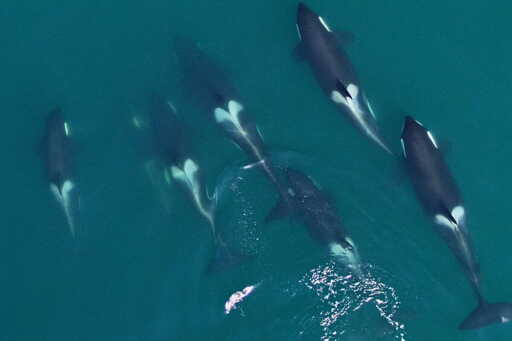How are whale populations faring? Traditionally, getting an answer to that question involved counting whales by taking their photos and identifying them from their natural markings. However, a caveat persisted. Whales live a long time and reproduce very slowly. That means it often takes “a long time to learn about changes in the population as well as their health,” John Durban, senior scientist at the Andrew Cabot Center for Ocean Life at the New England Aquarium, told Mongabay in a video interview. Now, Durban and his team are deploying drones and photogrammetry to complement their existing work and determine how whale health is being impacted by climate change. They measure the size and shape of whales from high-resolution aerial photos captured by drones. Using this data, they’ve been able to make a link between environmental factors and the animals’ health, giving them a clearer picture of how whale populations are faring and fluctuating. “We have been looking at the individual health of whales as a kind of early-warning system before they die or start having reproductive issues,” Durban said. “That gives us a lot more power to assess the impact of things like climate change.” For their research, the team focused on two species of whales in two different ocean basins: North Atlantic right whales (Eubalaena glacialis) that live off the coast of New England in the northeastern U.S., and orcas (Orcinus orca) in Alaska. For the former, the team ventures out into Cape Cod Bay in March and April…This article was originally published on Mongabay
From Conservation news via this RSS feed


